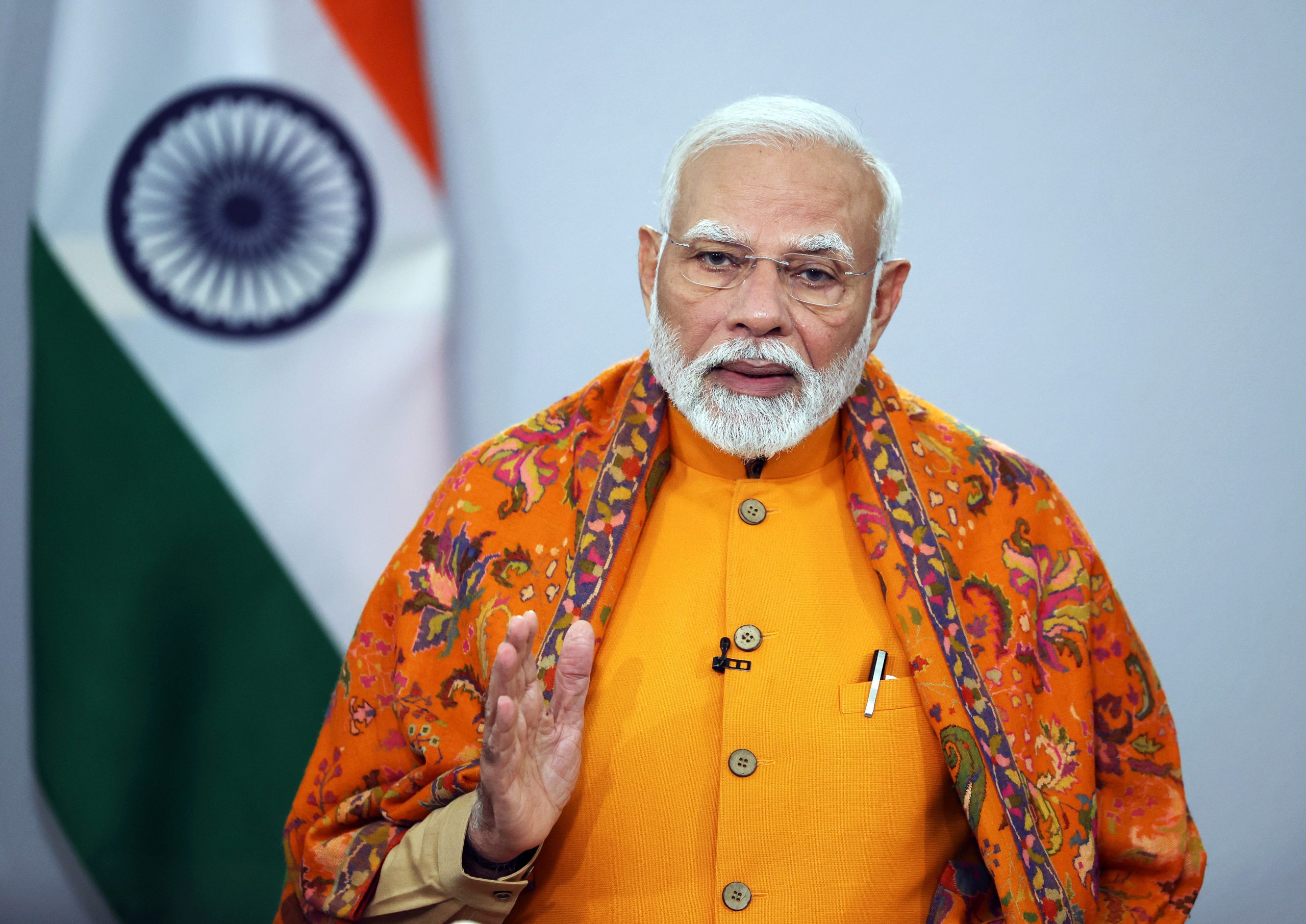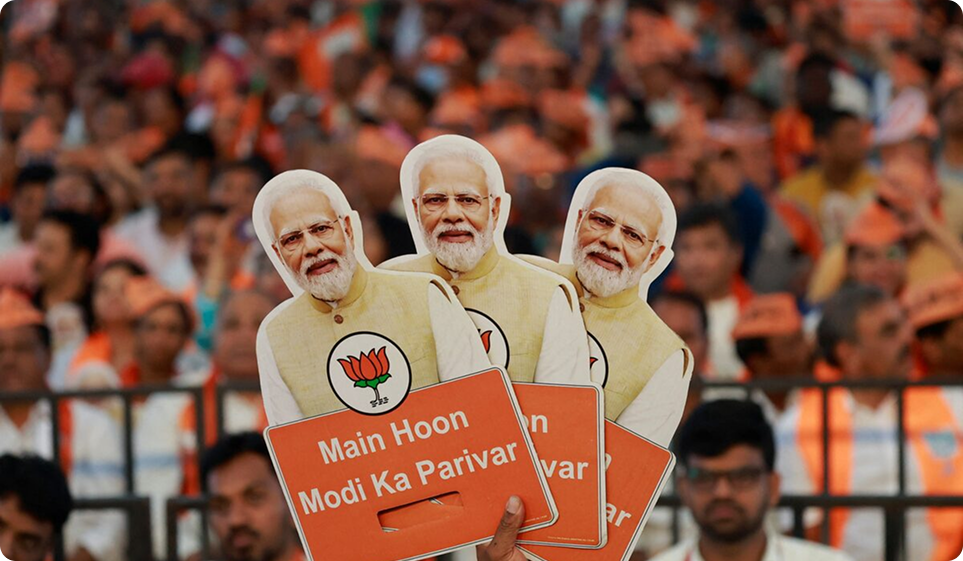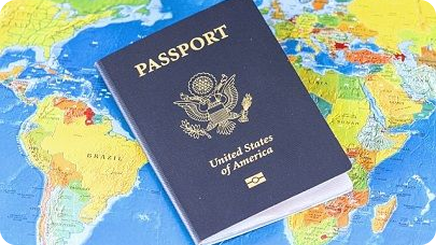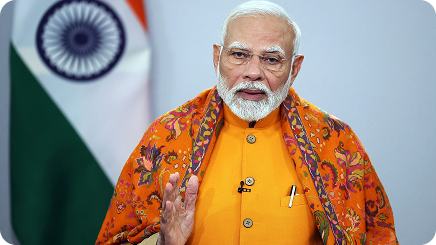How Narendra Modi Changed Indian Politics in the Last Decade.
Explore how Narendra Modi transformed Indian politics in the last decade with his leadership, policies, and vision.

Over the past decade, Prime Minister Narendra Modi has left an indelible mark on Indian politics. His leadership since 2014 has not only reshaped the party system and policy landscape, but also altered the broader culture of governance, public expectations, media, foreign policy, and socio-religious dynamics. Here’s a deep dive into the ways Modi has changed Indian politics — the achievements, controversies, and lasting transformations.
1. From Coalition Constraints to Centralized Leadership
One of the most visible shifts under Modi’s rule has been the change in the nature of political authority. Before 2014, Indian governments, even under strong parties, were often constrained by coalition politics. Modi's ascent changed that
- Strong Central Executive & Decision-Making: Modi has consolidated executive power in the Prime Minister’s Office (PMO), making it the nerve centre of policy framing and implementation. Key reforms and decisions (demonetization, GST, abrogation of Article 370) were carried out with a speed rarely seen in India's recent history. The Week+3Firstpost+3www.narendramodi.in+3
- Reduced Policy Paralysis: Modi often frames his governance model against the earlier era of “policy paralysis,” corruption, and inertia. In multiple places, his party has emphasized “report cards,” performance metrics, and accountability to citizens rather than opaque backroom decisions.

2. Big-Ticket Institutional & Policy Reforms
Modi’s government initiated several sweeping reforms that have structurally changed how India is governed and how public policy is delivered.
- Goods and Services Tax (GST): Launched in 2017, GST was one of the most ambitious tax reforms in independent India. It unified dozens of state and central levies into a more streamlined indirect tax system. Firstpost+2The Times of India+2
- Abolition of Article 370: The removal of Jammu & Kashmir’s special status in 2019 is a political and constitutional watershed moment — altering center-state relations and raising debates about federalism, autonomy, and identity. www.narendramodi.in+1
- Social Reforms: These include the abolition of instant triple talaq, Citizenship Amendment Act (CAA), women’s reservation laws, and expansion of welfare schemes like Ayushman Bharat (healthcare), Ujjwala (LPG connections), Swachh Bharat (sanitation), Pradhan Mantri Jan Dhan Yojana (financial inclusion). Firstpost+3www.narendramodi.in+3The Week+3
3. Infrastructure, Development & Welfare as Core Political Themes
Modi has placed development, infrastructure, welfare and service delivery at the centre of politics, rather than just identity, caste or patronage.
- National Projects: Improvement in road networks (border roads, rural roads), airports, expressways; construction of houses under various housing schemes; widespread electrification and clean‐water initiatives. www.narendramodi.in+3Firstpost+3Firstpost+3
- Poverty Alleviation & Social Welfare: Statistics quoted by government and supporters include tens of crores lifted out of poverty, hundreds of millions gaining access to toilets, clean cooking fuel, bank accounts—initiatives which tie welfare to visible change on the ground. The Week+2Firstpost+2
4. Expanding the Social Base & Changing Party Structure
Modi hasn’t just relied on traditional vote banks; his BJP has deliberately diversified its coalition of support and representation.
- Broader Inclusion of OBCs, Dalits, STs: The BJP under Modi has increased representation from socially marginalized groups in both party leadership and in legislative bodies. This has helped shift some of the old caste dynamics in BJP’s favour. The Times of India+1
- Religious & Cultural Identity: Hindu symbolism, temple politics, and promotion of Hindutva (in various forms) have become more central. This has had both mobilizing effects among Hindu majorities and been a point of contestation with religious minorities. The Times of India+2Firstpost+2
5. Governance, Digitalization & Transparency
Modi’s government has pushed aggressively into digital governance, leveraging technology to improve delivery, transparency and accountability.
- Digital India, Aadhar & Financial Inclusion: The emphasis on Aadhaar (unique identity), direct benefit transfers, UPI payments, etc. has reduced leakages, improved ease of access to government schemes. Firstpost+1
- Performance Orientation: The idea of report cards for political leaders, progress metrics (like measurable targets for specific constituencies, ministries), and citizen-oriented delivery is more widespread. The Week+2Firstpost+2




